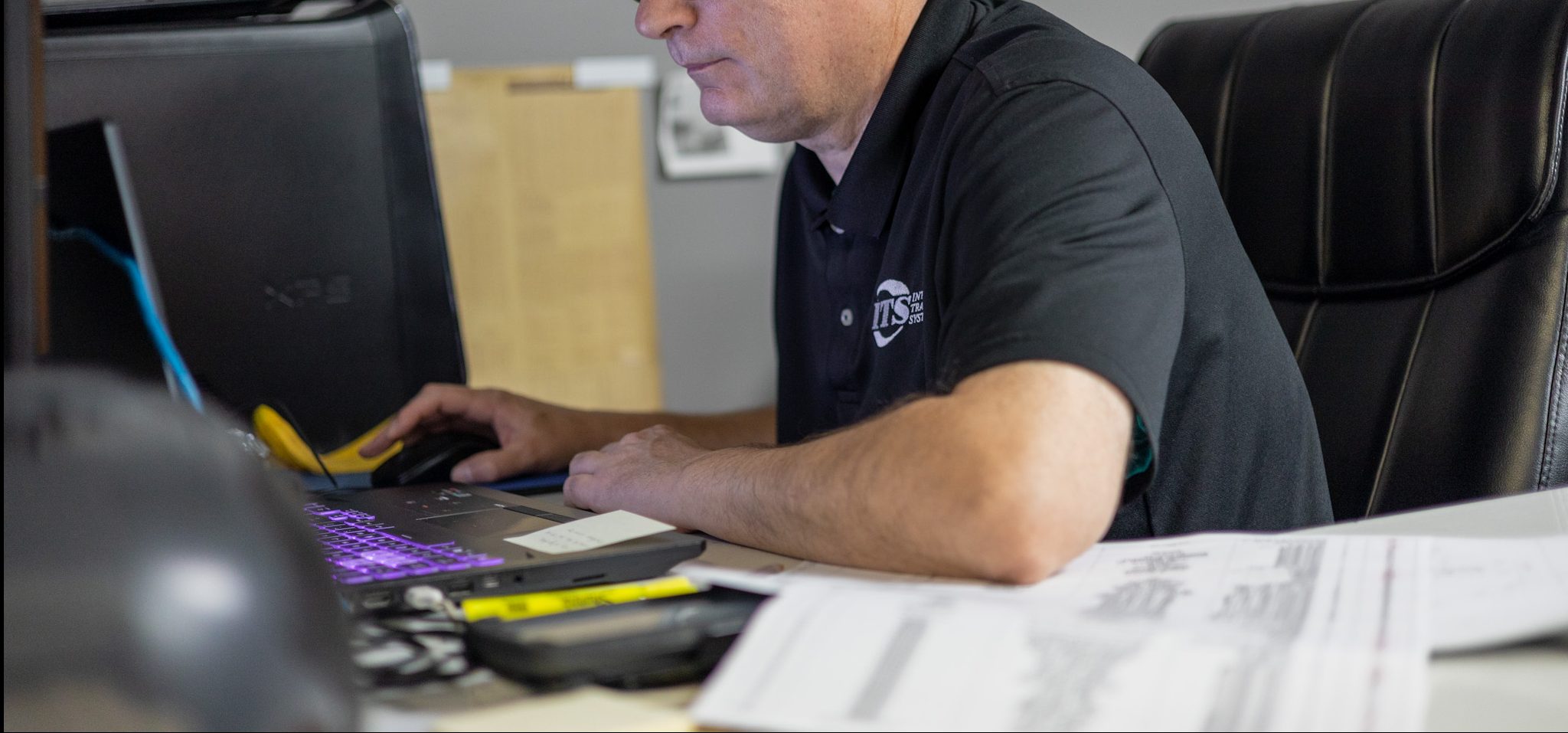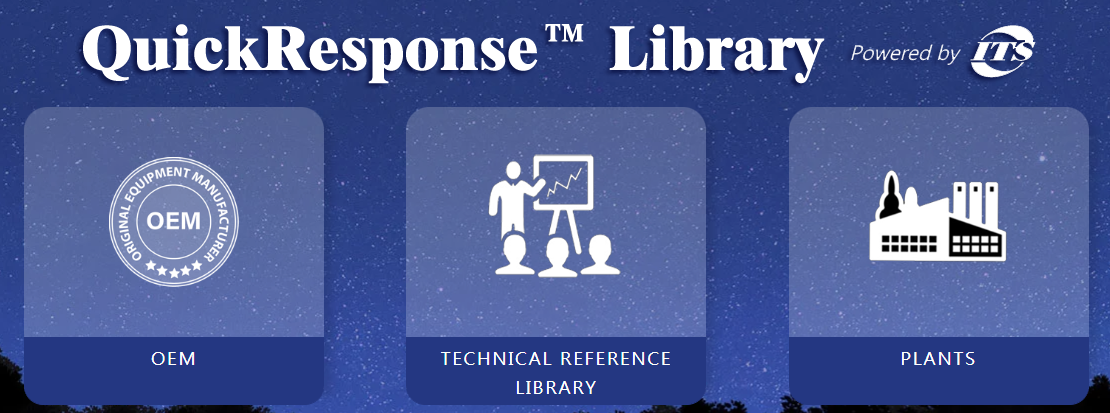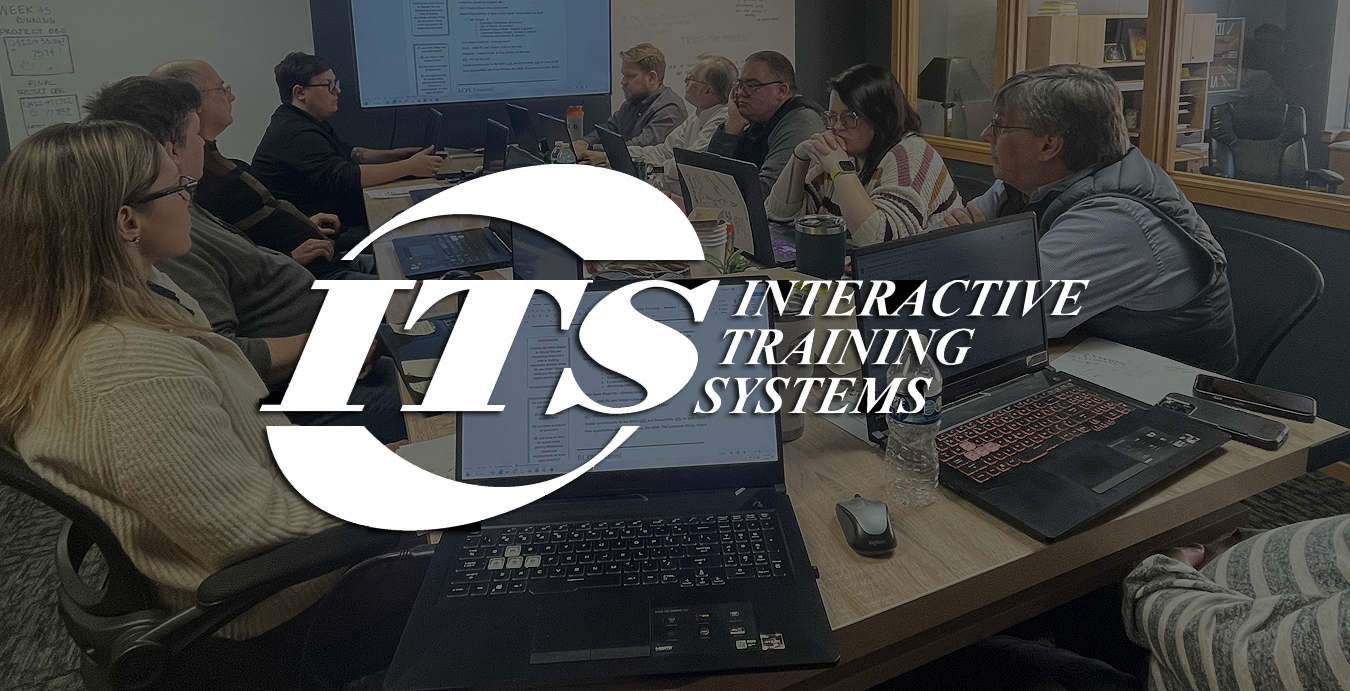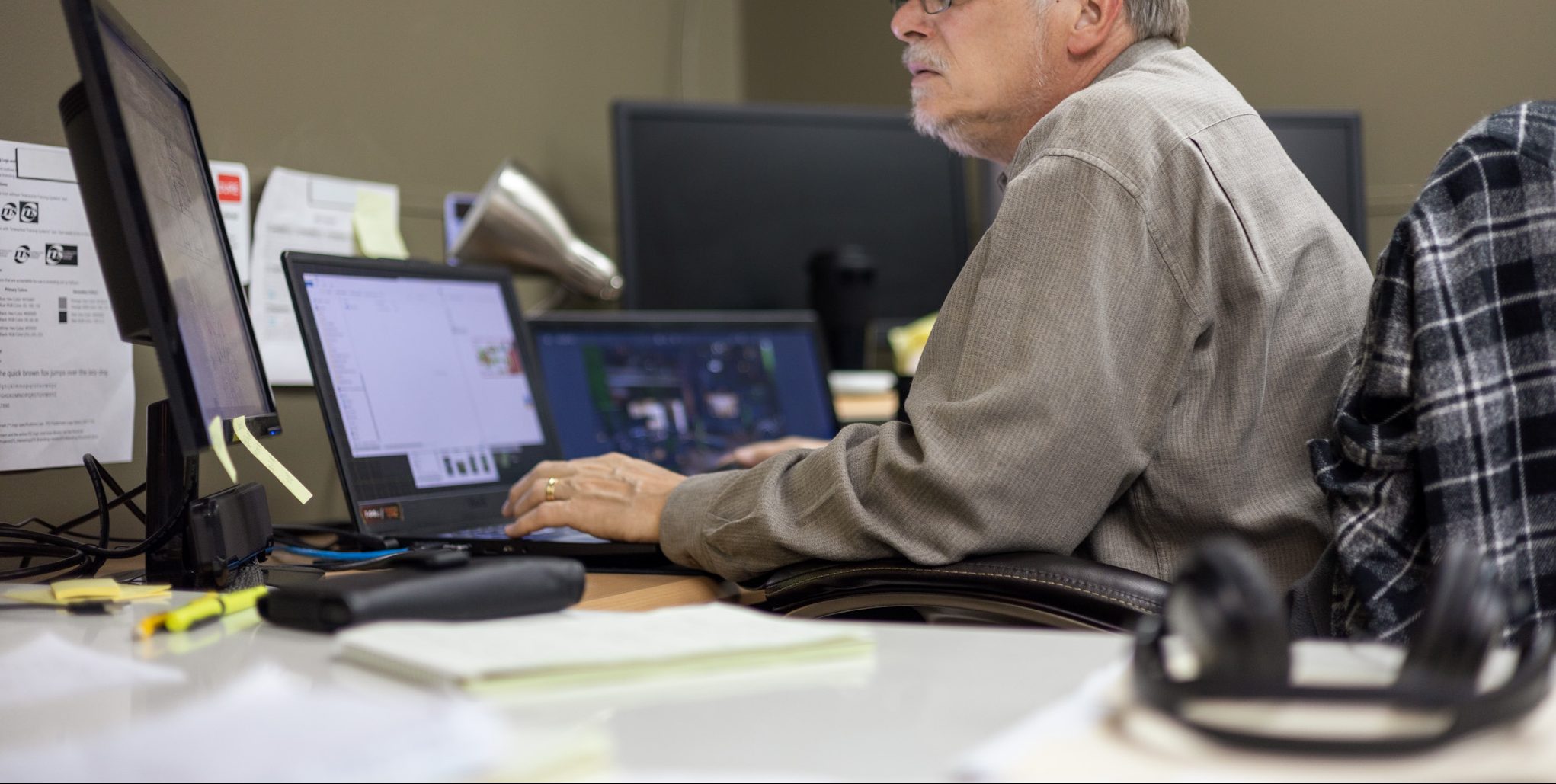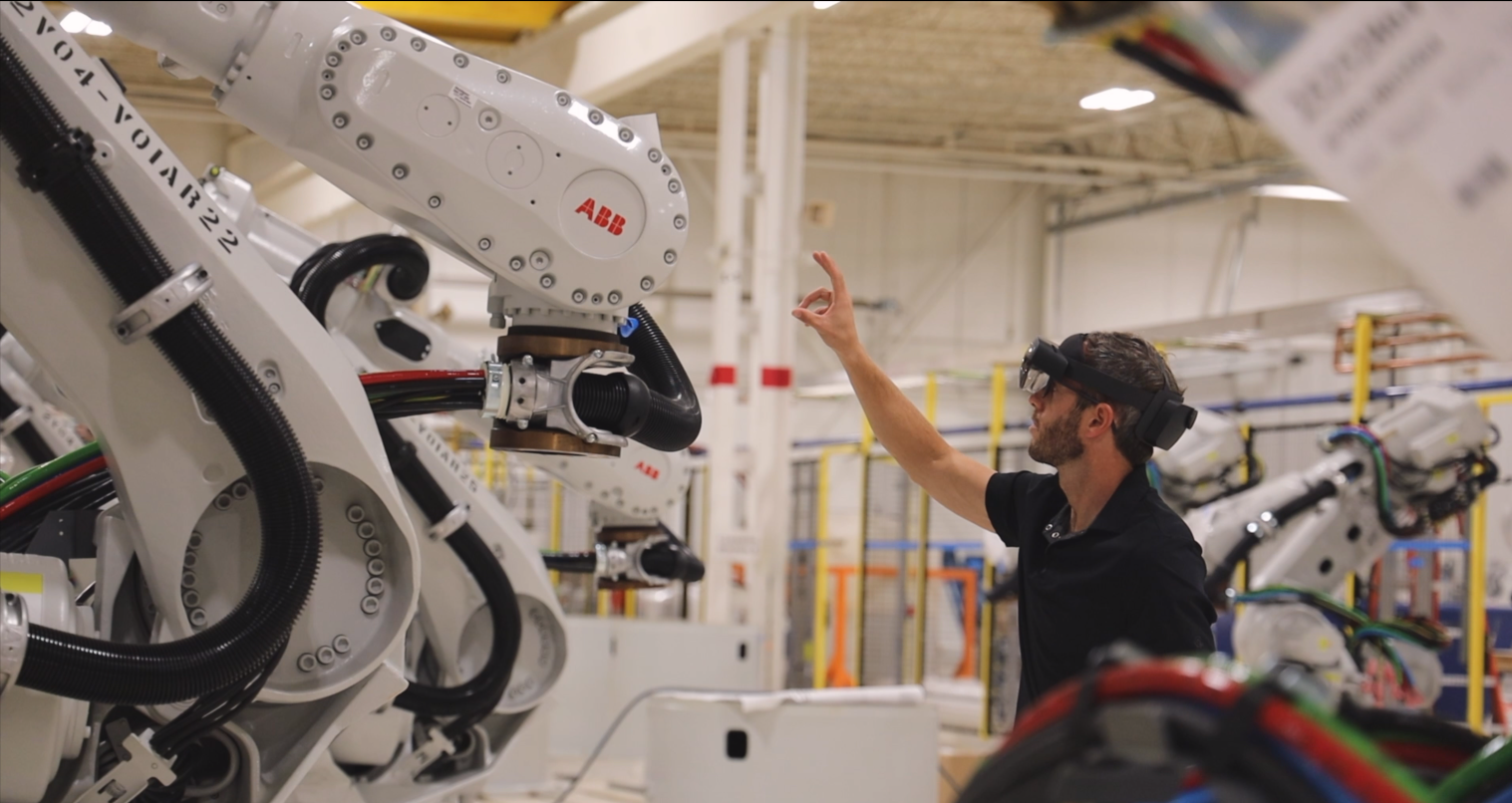The Drawings That Helped to Start it All
Just a bit of history here, believe it or not the diversification of talent and projects we experience today at ITS wasn’t always the case. I can remember a time when the company was a 100%, “dyed in the wool,” machine tool design house for the F. Jos. Lamb Company and its “little brother” the Cycloidal Corporation of America. Designing machine tools, procuring the necessary assemblies, detail drawings, and BOM’s was pretty much the rule of the day. And being a “new” hire I would show up for work and proceed to learn the “tricks of the trade” just like many others that preceded me.
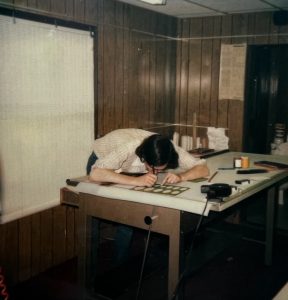 That was, until one day, when John (my boss at the time and founder of our company) stopped by my drafting table and asked if I was up to doing an isometric drawing on a piece of machinery. Not only to do just an isometric, but to do some “shading and shadowing” (as he came to refer to it) as well. At that time he was interested in trying this sort of thing out and then presenting it to the management at Lamb to see if they would want to pursue it further (some early roots to diversification in the business).
That was, until one day, when John (my boss at the time and founder of our company) stopped by my drafting table and asked if I was up to doing an isometric drawing on a piece of machinery. Not only to do just an isometric, but to do some “shading and shadowing” (as he came to refer to it) as well. At that time he was interested in trying this sort of thing out and then presenting it to the management at Lamb to see if they would want to pursue it further (some early roots to diversification in the business).
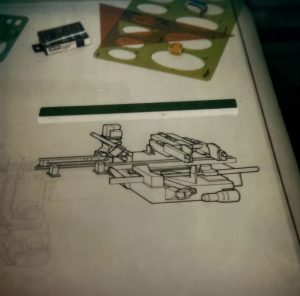
Needless to say, I nodded my head and proceeded to do my best at trying to produce a product that would exceed expectations (whether I knew how to or not)! When completed, it was easy to tell John was quite impressed and, as it turned out, so was the management at Lamb. Not too long after, more and more “shading and shadowing” type work began to supplant the regular engineering work I was doing. These included several exploded views of various drives and transfer systems. Some of which were hung up in the lobby at Lamb headquarters (quite the complement in the day).
Unfortunately, most of that original work (including “the” drawing itself) has been lost to time and downsizing activities (after all it was an engineering world). I was able (with John’s help) to hang onto a few of these early endeavors in the form of “sepia” prints. Below are a couple pictures of these “sepia” prints representing some of that early work that eventually got our “foot in the door” and led us into doing service parts catalogs, servicing procedures, and so on.
In some small way these types of drawings helped to introduce “diversification” to the company, which would eventually take the form of what we see today!
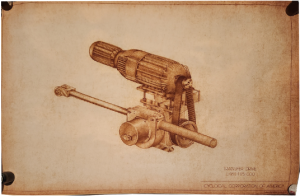
L-168-185-000 Transfer Drive (12-78) (Cycloidal Corporation of America)
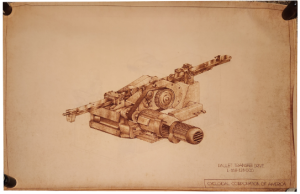
L-168-131-000 Pallet Transfer Drive (12-78) (Cycloidal Corporation of America)
These drawings are of “Cycloidal Drives” that were used as the main driving unit on lift and carry transfer systems. The “Cycloidal Drive” was a mechanical way of achieving a smooth motional transition from start to finish. In other words, instead of an abrupt start and stop (as was typical for most drives of the day) the motion was a gradual one. They were quite entertaining to watch in action! Nowadays the same can be accomplished through computer controlled servo drives.


